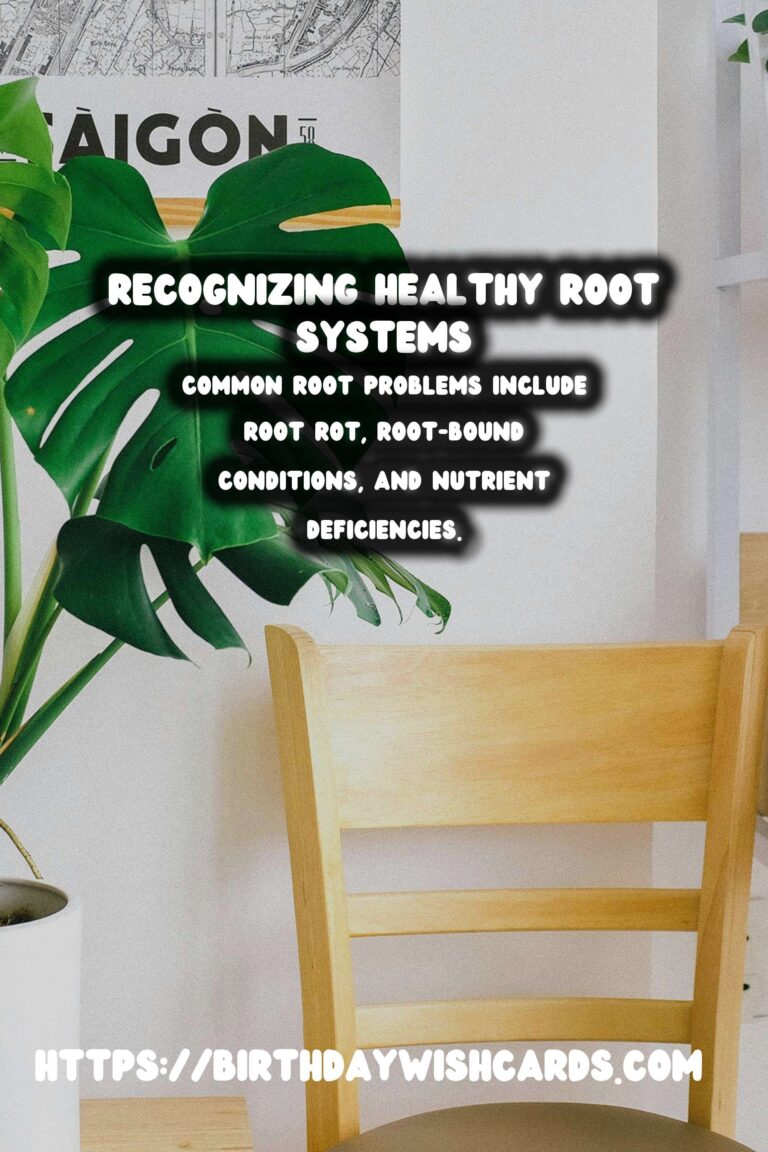
As a plant parent, one of the most critical aspects of ensuring your plants thrive is understanding their root systems. Healthy roots are the foundation of a vibrant and flourishing plant. In this comprehensive guide, we’ll explore what makes a root system healthy, signs of distress, and how you can nurture your plants from the ground up.
Understanding the Structure of Root Systems
Roots are the lifeline of a plant, responsible for anchoring it to the soil and absorbing water and nutrients. A typical root system consists of the primary root, secondary roots, and root hairs. The primary root, often the largest, grows straight down and is supported by secondary roots branching outwards. Root hairs are tiny extensions that increase the surface area for absorption.
Healthy root systems are typically white or light tan and feel firm to the touch. They should spread out evenly without circling the container, which can lead to root-bound conditions. The presence of numerous fine roots and root hairs indicates a well-established and robust system.
Signs of a Healthy Root System
To recognize a healthy root system, look for these key indicators:
- Color: Roots should be white or light tan. Dark or black roots usually signify rot or disease.
- Texture: Healthy roots are firm and pliable, not mushy or brittle.
- Growth Pattern: Roots should spread evenly throughout the soil without circling the container.
- Smell: A fresh, earthy smell indicates good root health. A foul odor suggests rot or decay.
Common Root Problems and Their Solutions
Root problems are common but often go unnoticed until they affect the plant’s health. Here are some common issues and their solutions:
Root Rot
Root rot is caused by overwatering or poor drainage, leading to soggy soil. It results in dark, mushy roots and a foul smell. To remedy root rot, remove the affected roots and repot the plant in fresh, well-draining soil. Adjust your watering schedule to prevent recurrence.
Root Bound
When a plant outgrows its container, it becomes root-bound, with roots circling the pot. This can stunt growth and limit nutrient absorption. To fix this, gently tease out the roots and repot the plant in a larger container.
Nutrient Deficiency
Sometimes, roots fail to absorb essential nutrients from the soil. Symptoms include discolored leaves and stunted growth. Ensure your soil is rich in nutrients by using a balanced fertilizer and maintaining proper pH levels.
Promoting Healthy Root Growth
To encourage a thriving root system, consider these practices:
- Choose the Right Soil: Use soil that provides good aeration and drainage. A mix of potting soil with perlite or sand can help.
- Water Wisely: Allow the soil to dry out slightly between waterings to prevent root rot.
- Provide Adequate Light: Sufficient light encourages photosynthesis, which fuels root growth.
- Regularly Repot: Repot plants every 1-2 years to prevent them from becoming root-bound.
The Importance of Root Health in Overall Plant Growth
Healthy roots are crucial for a plant’s overall health. They ensure efficient water and nutrient absorption, provide stability, and support growth and development. A robust root system also enhances a plant’s resilience to environmental stressors, such as drought or pest infestations.
Conclusion
Being attentive to your plant’s root health is an essential aspect of plant care. By recognizing the signs of healthy and unhealthy root systems, you can take proactive steps to ensure your plants thrive. Remember, a flourishing plant starts from the roots up.
Embrace your role as a plant parent and cultivate a deeper understanding of your plants’ needs. With the right care and attention, you’ll enjoy the beauty and benefits of healthy, vibrant plants in your home or garden.
Healthy roots are the foundation of a vibrant and flourishing plant. Roots should be white or light tan, firm, and evenly spread without circling the container. Common root problems include root rot, root-bound conditions, and nutrient deficiencies. To promote healthy root growth, use well-draining soil, water wisely, provide adequate light, and repot regularly. Healthy roots are crucial for a plant’s overall health and resilience. 
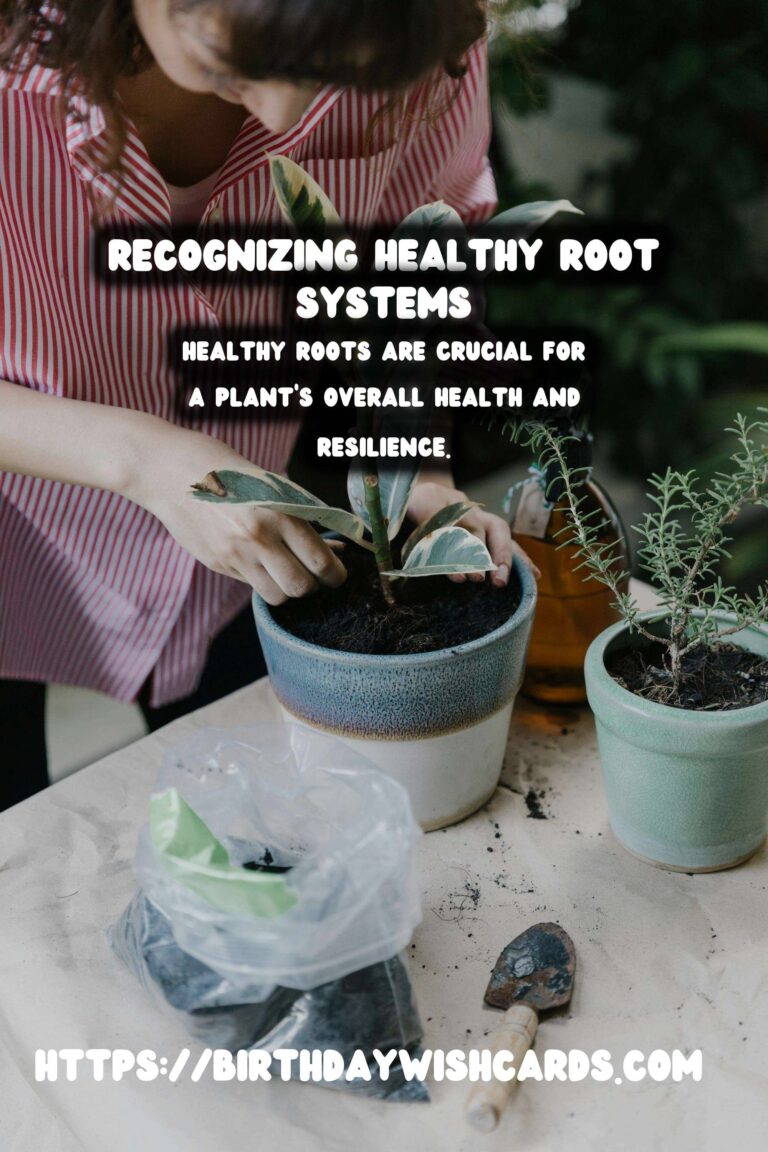
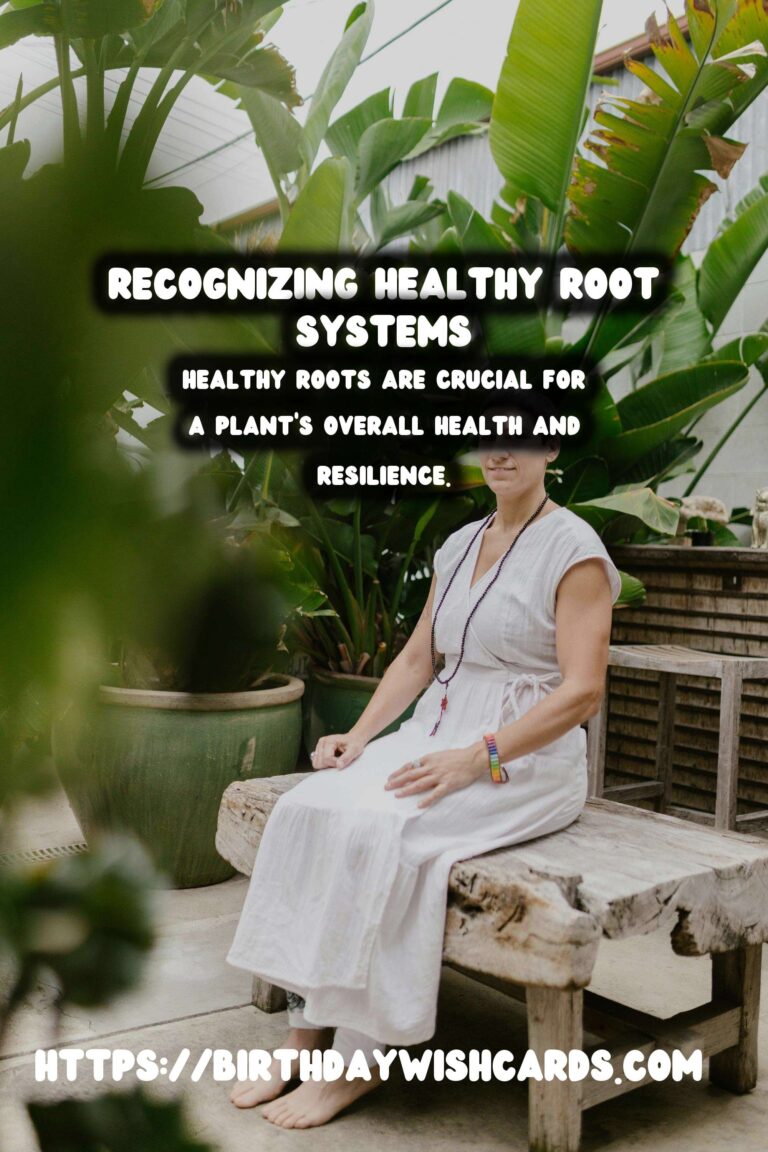
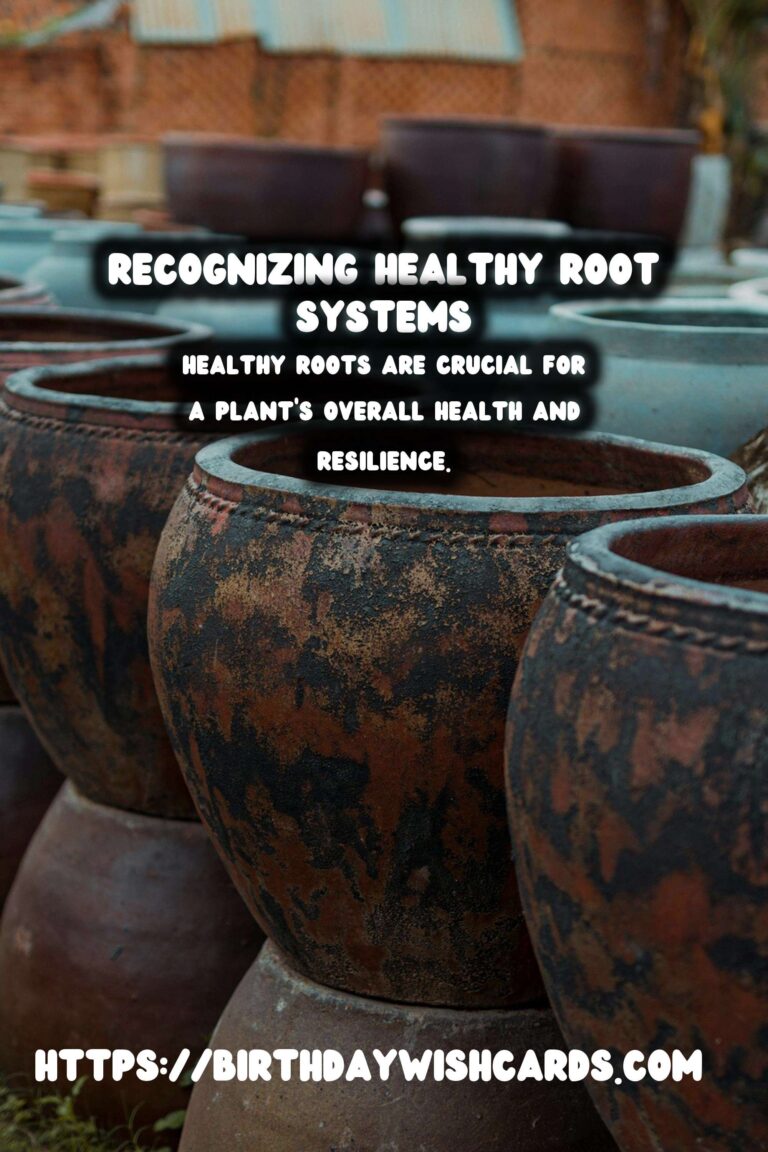
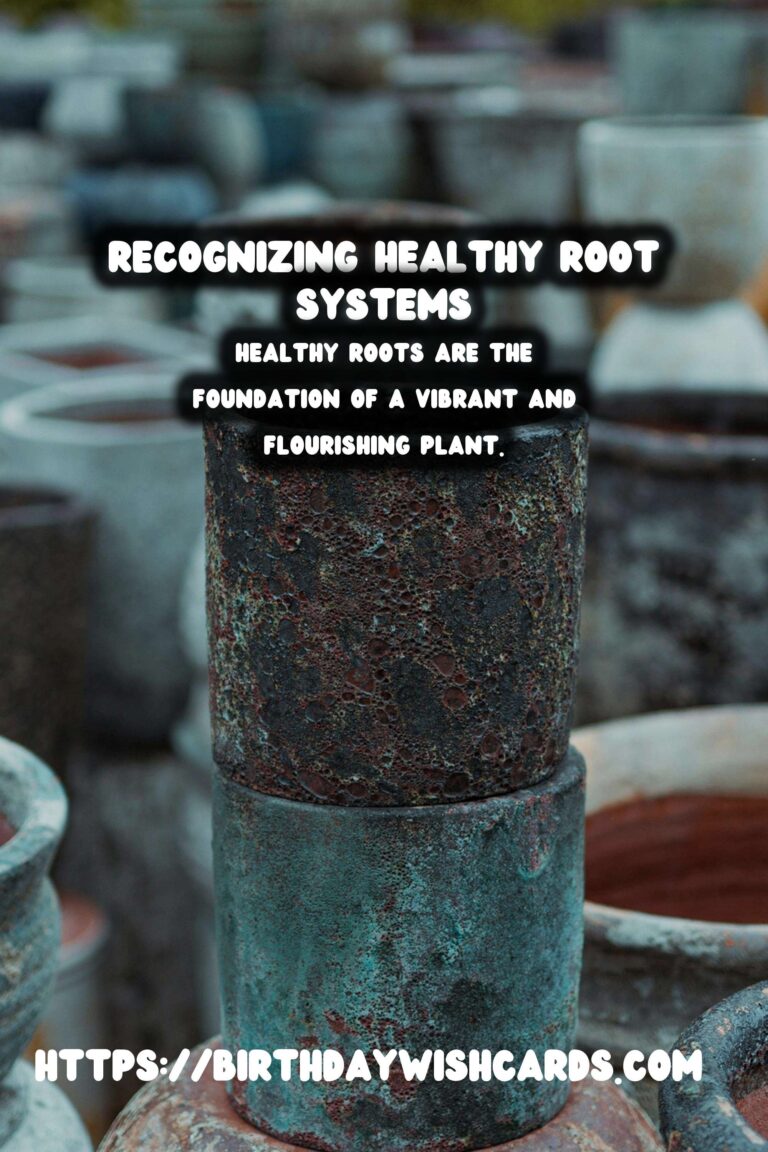
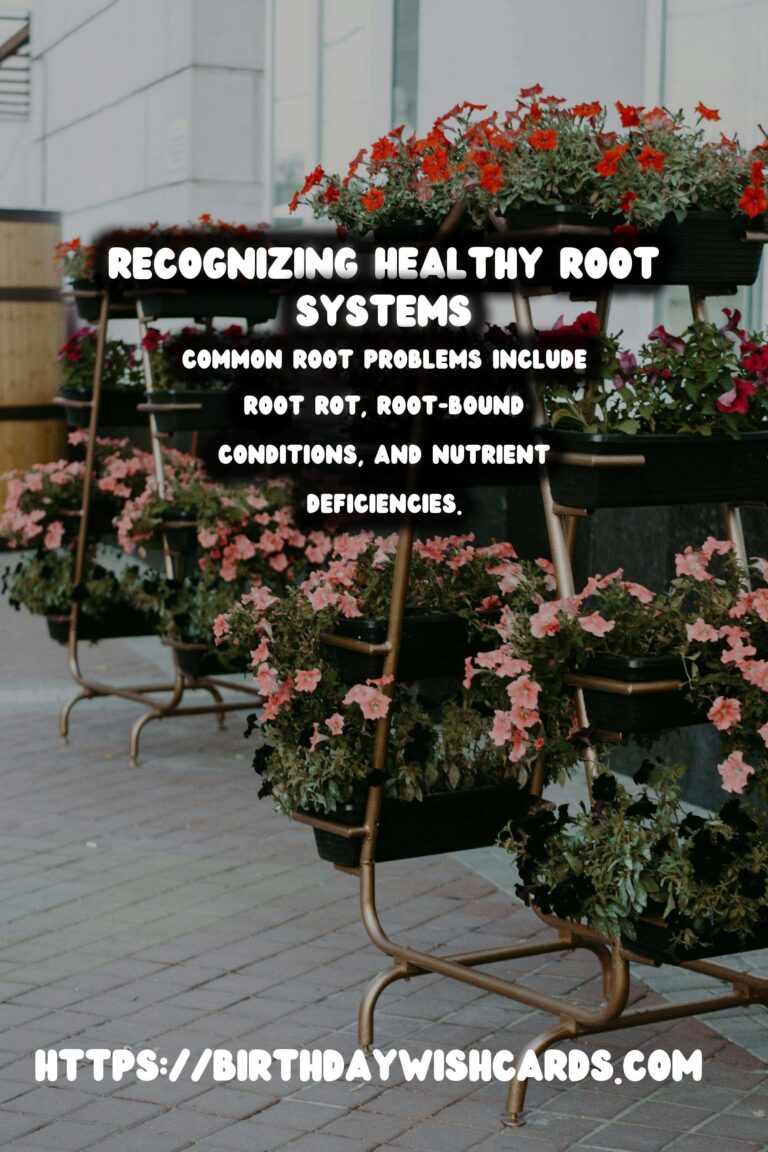
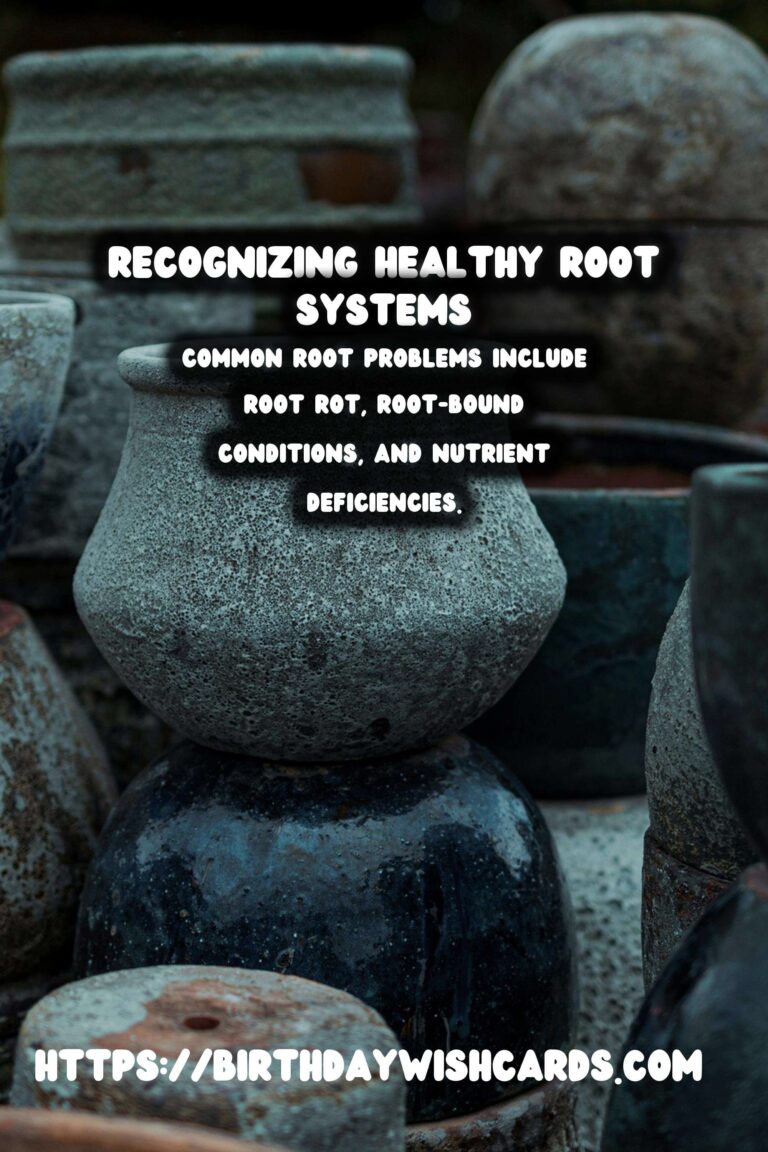
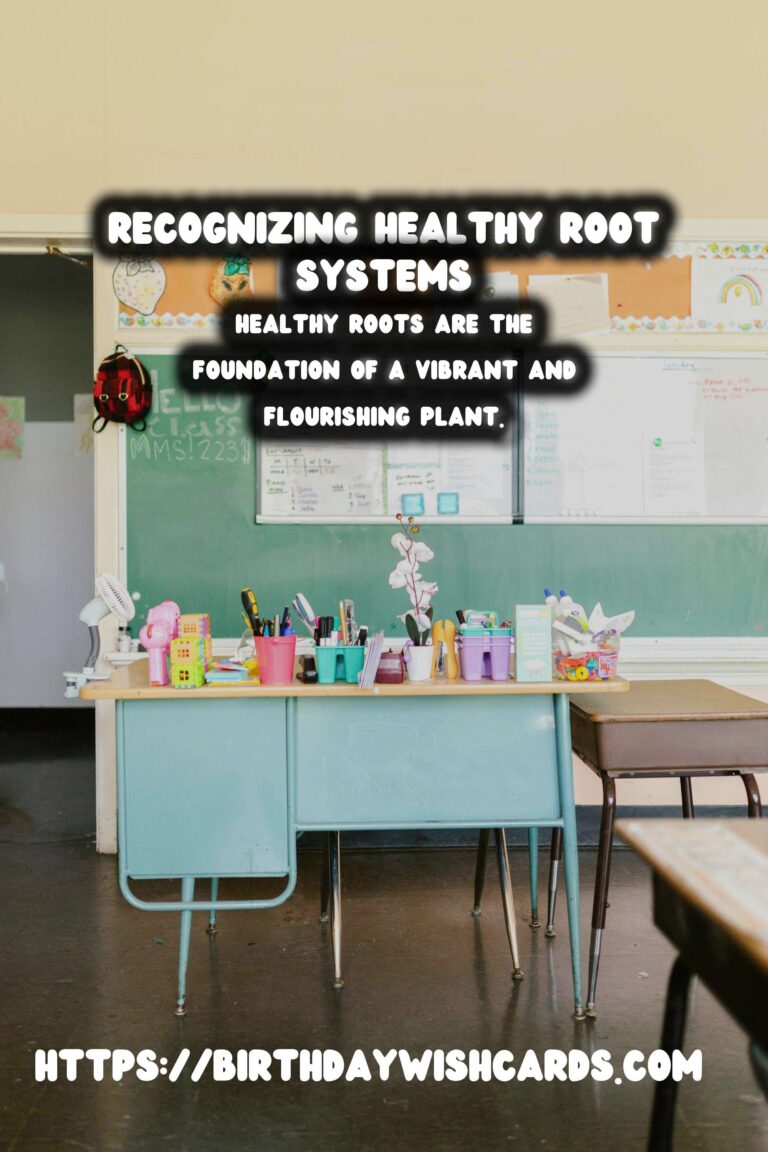
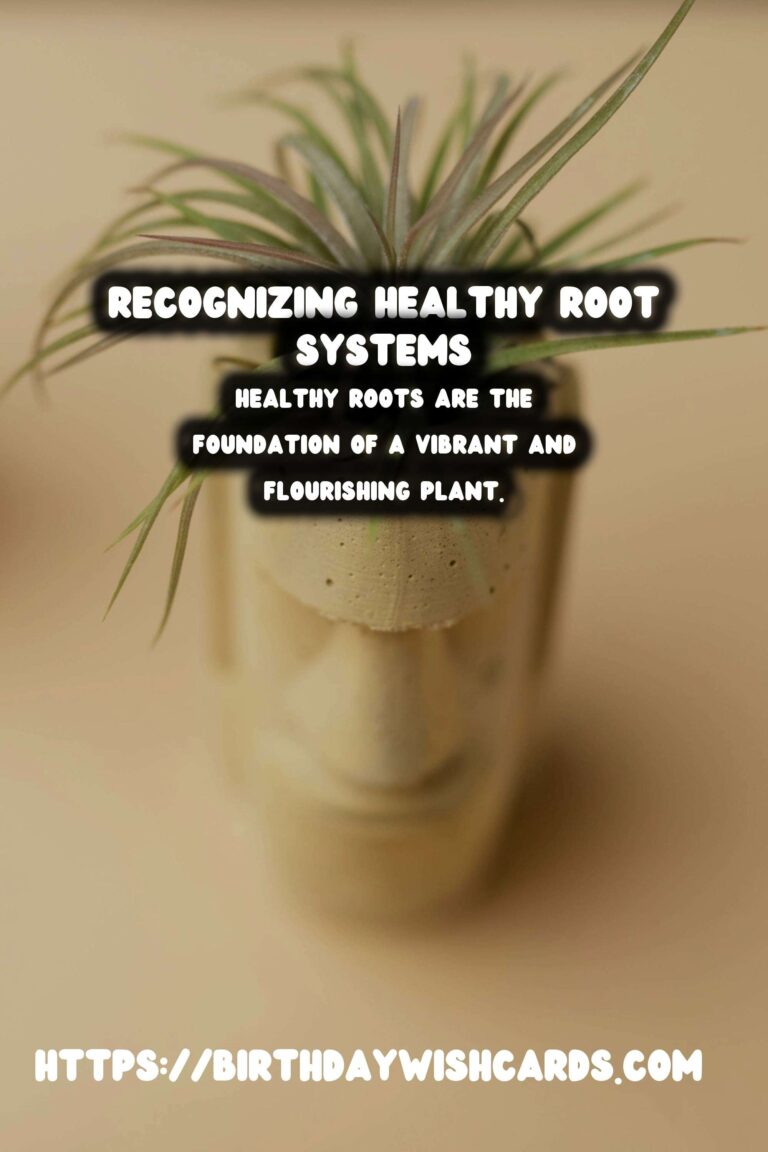
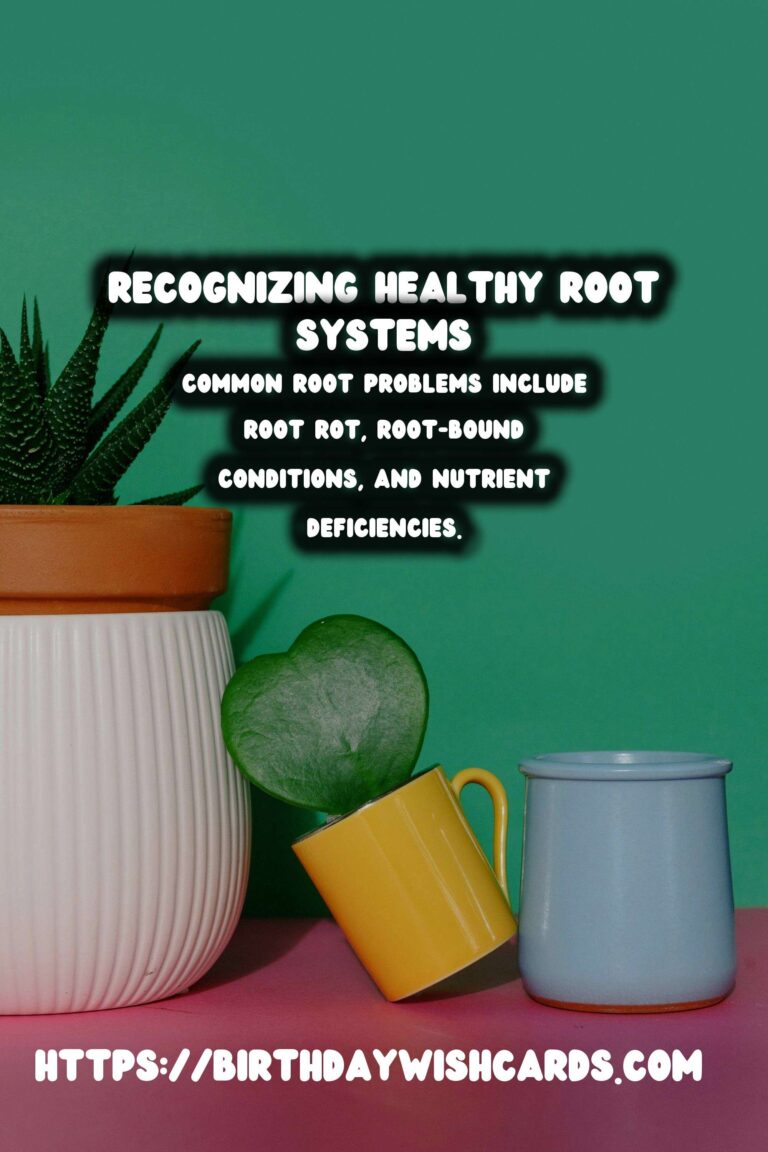
#PlantCare #RootHealth #GardeningTips #HousePlants #PlantParenthood




